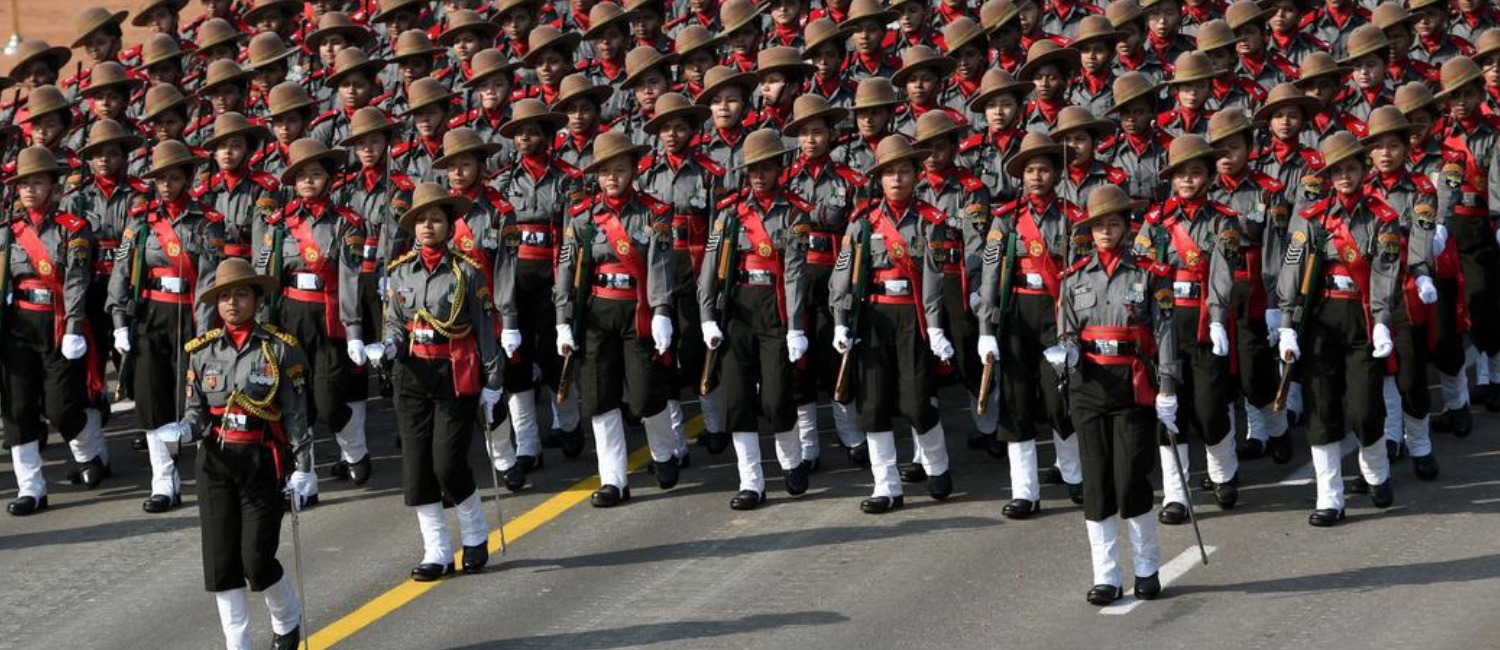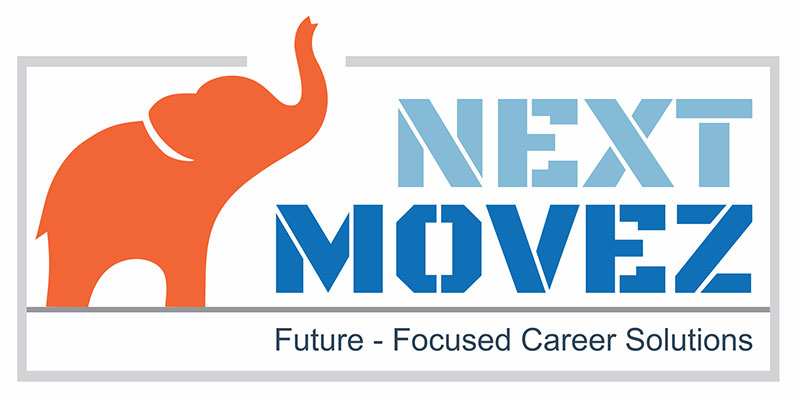Blog written by Indu R Eswarappa, Career Coach & Education Change-Maker
Have you ever watched the Republic Day parade and felt a spark in your chest—the kind of awe and pride that makes you want to stand up straighter? That’s exactly how Kunal, one of our students from Pune, felt in Class 10. Today, he’s training at the National Defence Academy (NDA), preparing to serve the country as an Air Force officer.
If you’re in Class 11 or 12 and wondering, “Can I join the Armed Forces straight after school?”, the answer is a resounding yes! This blog is your complete roadmap.
Key Responsibilities & Work Environment
I still remember what one of our students, Aditi, told me after her first week at NDA:
“Ma’am, I knew it would be tough—but I didn’t expect it to be this thrilling! Every day feels like I’m learning to become a superhero in uniform.”
That’s the kind of transformation the Armed Forces offer. But before the medals and marches, it’s important to know what life in the Army, Navy, or Air Force really looks like. It’s not just about action-packed missions or flying fighter jets (though, yes, that’s part of it!). It’s about discipline, adaptability, courage, and the ability to lead under pressure.
Let me walk you through what each branch truly expects from you—and what kind of environment you’ll be working in once you step into uniform.
- Indian Army: Ground operations, border security, rescue missions during disasters, and maintaining peace in conflict zones.
- Indian Navy: Maritime security, submarine operations, coastal surveillance, and anti-piracy missions.
- Indian Air Force: Aerial combat, disaster relief via air drops, airspace defense, and technology-intensive roles like UAV operations.
Whether you’re in the Army, Navy, or Air Force, your workplace is unlike any corporate office. Here’s what you can expect:
1. Rugged Terrains & Field Posts (Army)
You might be posted in snowy heights like Siachen, dense jungles of the Northeast, or desert borders in Rajasthan.
➡ Takeaway: Be ready for physically and mentally demanding conditions—and yes, the thrill of adventure is real!
2. High-Tech Command & Control Centers (Air Force & Navy)
These are sophisticated environments where real-time data, radar, and surveillance guide every decision.
➡Takeaway: If you’re tech-savvy and love fast-paced coordination, this is your zone.
3. Life at Sea (Navy)
From submarines to aircraft carriers, your workplace could be floating in the middle of the ocean! Naval officers spend weeks or months at sea during operations.
➡ Takeaway: Adaptability and mental endurance are key—plus, the sea views aren’t bad either!
4. Peace-Time Roles & Civil Support
Officers are also deployed for disaster relief, UN peacekeeping, or administrative roles in training academies or HQs.
➡ Takeaway: You don’t always need a battlefield to be a hero—your leadership matters off the field too.
5. Team-Driven, Structured Culture
Uniforms symbolize unity. You’ll train, eat, work, and grow with your squad—your second family.
➡ Takeaway: If you thrive in team settings and value discipline, you’ll feel right at home.
Educational Pathways & Required Qualifications
From my experience guiding students into the Armed Forces, I’ve seen that your choice of subjects in 11th and 12th plays a big role in determining which wing you can enter—Army, Navy, or Air Force. And no, it’s not just about marks; it’s about mindset and readiness.
Here’s what you need to qualify:
Minimum Qualification: 10+2 Pass
You need to complete Class 12 to be eligible for NDA or other service entries.
Tip: This is your foundation—focus on your core subjects and start preparing early if you’re sure about joining the forces.
Stream Requirements:
- Army: You can apply through NDA with any stream (Science, Commerce, Arts).
Navy & Air Force: You must take Physics and Mathematics in 11th & 12th.
Example: Rahul from Chennai cracked the NDA Air Force wing because he had PCM and started NDA prep in 11th grade!
Age Limit: 16.5 to 19.5 Years (NDA Entry)
You need to be within this age bracket when the course starts at the National Defence Academy.
Tip: Plan your NDA attempts early—you can apply while you’re still in 12th.
The earlier you know your target, the better you can prepare. And trust me, when you walk into that SSB interview confident and ready, the effort feels worth it.
Entrance Exams
From my experience guiding students into the Armed Forces, I can tell you—your journey officially begins with the right entrance exam. Whether you’re dreaming of the Indian Army’s discipline, the Navy’s precision, or the Air Force’s wings of glory, each path starts with a written test that filters the committed from the curious.
These exams don’t just test academics—they assess your stamina, logic, speed, and presence of mind. And while the NDA exam is the most popular gateway after 12th, there are other entries too depending on your interests and strengths.
Let’s break down what to expect from each one—format, subjects, schedule, and what you need to crack it!
Quick Tips:
- NDA is the most prestigious route for all three branches. Final selection includes SSB Interview + Medicals.
- For Navy B.Tech Entry, scoring well in JEE (Main) is crucial.
Air Force X/Y Groups are good options for students looking at technical and non-technical trades.
Other Pathways After 12th:
- TES Entry (Technical Entry Scheme): For Army tech roles (requires PCM in 12th)
- AA & SSR (Navy): Conducted by Indian Navy for sailors and technical roles
- Air Force Agniveer Vayu: New scheme under Agnipath for 4-year service
Note: Physical fitness, eyesight, height, and overall health are strictly evaluated.
Let me share a little secret from years of mentoring defence aspirants: cracking the entrance exam is just the first hurdle. What truly shapes your success in the Indian Army, Navy, or Air Force is your mindset, discipline, and adaptability. In fact, officers who rise through the ranks aren’t always the ones with top marks—they’re the ones with the right attitude, communication, and problem-solving abilities.
And let’s not forget the technical side—modern defence roles involve advanced systems, AI, drones, and cyber warfare. So you’ve got to be sharp, both mentally and technically.
Here’s how I break it down for my students:
Soft Skills You Need in Uniform
- Leadership & Teamwork
You’ll lead squads, coordinate missions, and inspire others under pressure. The SSB (Services Selection Board) is designed to test this—so start early. - Discipline & Emotional Resilience
Life in the forces is not your regular 9 to 5. It demands structure, self-control, and the ability to handle stress, isolation, and unpredictability with grace. - Communication Skills
Whether you’re briefing troops or negotiating with officers from allied nations, clear and confident communication is non-negotiable. - Decision-Making Under Pressure
You won’t always have time to think—sometimes, you act. Forces look for candidates who can stay calm and take calculated decisions in critical moments.
Technical Abilities You Should Start Developing
- Computer & Network Fundamentals
From air surveillance systems to smart weapons, the forces operate on digital networks. Basic knowledge of computers, networking, and cybersecurity is a big asset. - Mechanical & Electrical Aptitude
Useful in aircraft maintenance, submarines, and artillery divisions. You’ll often work with machines, so knowing how systems operate gives you a huge edge. - Geospatial and Navigation Tools
Especially for the Air Force and Navy, using digital maps, GPS systems, and satellite data is crucial in operations. - Drone & UAV Technology (Emerging Skill)
With increasing use of drones in surveillance and combat, forces are actively training officers in UAV technology and remote command systems.

Career Progression & Growth Opportunities – The Journey from Cadet to Commander
One of the most exciting things I tell my students about joining the Indian Armed Forces is this—you don’t just get a job, you start a journey of lifelong growth. Whether you’re in the Army, Navy, or Air Force, each role comes with clearly defined ranks, responsibilities, and chances to level up. And trust me, nothing beats the pride of rising through the ranks while serving your country.
Let me walk you through what that path can look like:
Starting Rank – Your First Commissioned Role
- Indian Army: Lieutenant
- Indian Navy: Sub-Lieutenant
- Indian Air Force: Flying Officer
You’ll begin as a junior officer, often leading a small team or managing operations under a senior. Expect intense training, ground experience, and learning on the job—this is where your foundation is built.
Tip: This is the best time to soak in all the learning, ask questions, and show initiative. Your performance here sets the tone for future promotions.
Mid-Career – Gaining Command & Specialized Roles
- Army: Major to Colonel
- Navy: Lieutenant Commander to Commander
- Air Force: Squadron Leader to Wing Commander
You now handle tactical missions, lead battalions or ships, and may specialize in areas like logistics, engineering, or intelligence. You’re also eligible for foreign postings, UN peacekeeping missions, or instructional roles in academies.
Tip: This is your growth phase—network, take up staff courses, and volunteer for challenging assignments. They often fast-track your career.
Senior Leadership – Strategic & Policy Roles
- Army: Brigadier and above
- Navy: Captain, Commodore, Admiral
- Air Force: Group Captain to Air Chief Marshal
At this stage, you’re not just leading teams—you’re shaping defence strategy, national security policies, and representing India at global platforms. Very few careers offer this kind of impact.
Tip: Only the best rise to this level. It takes consistent performance, a spotless track record, and visionary thinking.
Whether your dream is to fly jets, sail submarines, or command battalions, the forces give you a clear ladder to climb—with every rank bringing greater respect, responsibility, and reward.

Return on Investment (ROI): What You Gain for What You Give
When students and parents ask me, “Is joining the Armed Forces worth it after 12th?”, I always say—few careers offer such a high return for your early commitment.
Here’s what I mean:
- No College Fees: Once selected through NDA or other military academies, your training, education, boarding, lodging—everything is sponsored by the government.
- Early Earnings: You begin earning a stable, tax-beneficial salary by age 21, unlike many who are still completing their degrees.
- Perks Galore: From free medical, subsidized housing, CSD canteen, to travel allowances, the financial perks are unmatched.
- Job Security: Once commissioned, you have one of the most secure government jobs in the country.
- Post-Retirement Benefits: Pension, resettlement programs, and transition support make this a life-long return on service.
Insight: When you compare the zero debt, early salary, and lifelong benefits, the ROI of an Armed Forces career is exceptionally high, especially for students coming from humble or middle-class backgrounds.
Return on Time (ROT): The Long-Term Value of Starting Early
ROT focuses on what you get out of the time you invest, and here too, the Armed Forces score high.
- Early Leadership Training: Most officers are trained in leadership, strategy, and decision-making by the time they’re 20 or 21.
- Fast Career Start: While peers are still job-hunting post-college, you’re already drawing a salary and earning promotions.
- Accelerated Life Skills: You develop discipline, confidence, and resilience that many take years to learn in the civilian world.
- Access to Elite Circles: Alumni from the NDA, IMA, INA, and AFA often become top bureaucrats, CEOs, and entrepreneurs.
Insight: The time you invest in training pays off not just in a job, but in shaping the kind of person you become—fearless, focused, and future-ready.
Conclusion: Who Should Consider This Career?
If you’ve ever felt a sense of purpose beyond just making money…
If your heart races at the thought of serving something greater than yourself…
If you’re looking for a career that combines adventure, leadership, and lifelong respect—then the Armed Forces might just be your calling.
This is not just a job—it’s a way of life.
It teaches you discipline, resilience, purpose, and patriotism in ways no corporate role can.
But let’s be real—it’s also not for everyone.
✅ Choose this path if:
- You thrive under structure and challenge.
- You want a debt-free, high-ROI education and career.
- You’re physically and mentally prepared for rigorous selection.
- You value security, leadership, and early independence.
Ready to help your teen serve the nation?
Resources & References Used
- NDA Exam Official Notification – UPSC
- Indian Army Official Website
- Indian Navy Careers
- Indian Air Force Recruitment
- Sixth Pay Commission Defence Salary Structure
- Ministry of Defence Reports (2023)






















